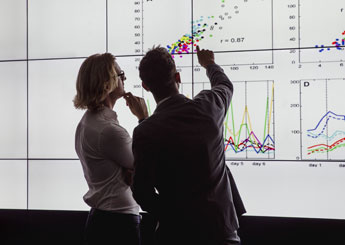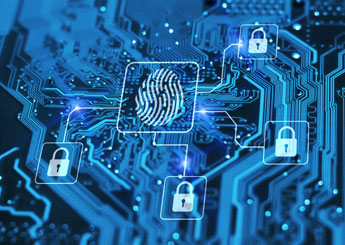Request information here

World-class Russell Group member

Ranked 17th in UK (Complete University Guide 2024)

100% online - study from anywhere

Start within weeks

Pay-per-module

Next start: 24 June 2024
As a working professional or ambitious career changer, you have the flexibility to earn a Masters degree at a world-class, Russell Group university while balancing your studies around work and personal commitments.
Offering three online postgraduate degrees in management, two MBA degrees, four postgraduate computer science degrees, and four MPA degrees, these programmes have been created with working professionals in mind and are specifically designed to enhance career prospects. Because you can earn while you learn, you won’t need to leave your current position to study and you can access course content to study anytime, anywhere, on any device. With six starts per year and convenient pay-per- module fee structures, there’s never been a better time to get your Masters.
What our students say
Masters degrees available
MSc International
Business, Leadership and
Management
MSc Computer Science with Artificial Intelligence
Why York?
- Member of the elite Russell Group of major research-intensive universities
- Over 20,000 students and 4,000 staff from 150 countries
- Ranked joint 10th in the UK for research quality (Research Excellence Framework 2021)
- 16th overall in the Complete University Guide 2024
- University of the Year shortlisted (Times Higher Education Awards 2023)
- University of the Year shortlisted (The Times and Sunday Times Good University Guide 2022)
What sets York’s online
Masters programmes apart?
Academic excellence

- World-class academics apply research-led teaching and case studies
- Enquiring minds, inspiring teachers and ground-breaking research
- A strong emphasis on interdisciplinary research
- Programmes suitable for a wide range of professional and academic backgrounds
An international university

- Strong links and a long history of successful collaboration with industry
- Prestigious qualifications from a leading international university
- York Alumni Association networks connect York alumni with others in the same industry or profession
Leading student support

- We help students to prosper in a global workplace and provide opportunities to enhance students’ personal and professional development
- Our international academic staff bring new perspectives and global expertise
- Our Student Success Coordinators will support you in using our online learning platform
- Our careers service offers support throughout the programme and beyond graduation
Flexibility

- No need to interrupt your career with ‘earn-while-you-learn’ programme design
- Pay-per-module means no significant upfront payment
Competitive fees

- 10% tuition fee saving if you’ve successfully completed an undergraduate degree at the University of York
- Total programme fees for most programmes within the £11,836 limit for UK government backed loans (subject to eligibility)
Prestige

- As a member of the prestigious Russell Group, our research puts you at the cutting edge by ensuring top quality academic programme content
- Extensive experience in successfully delivering industrially relevant Masters courses












